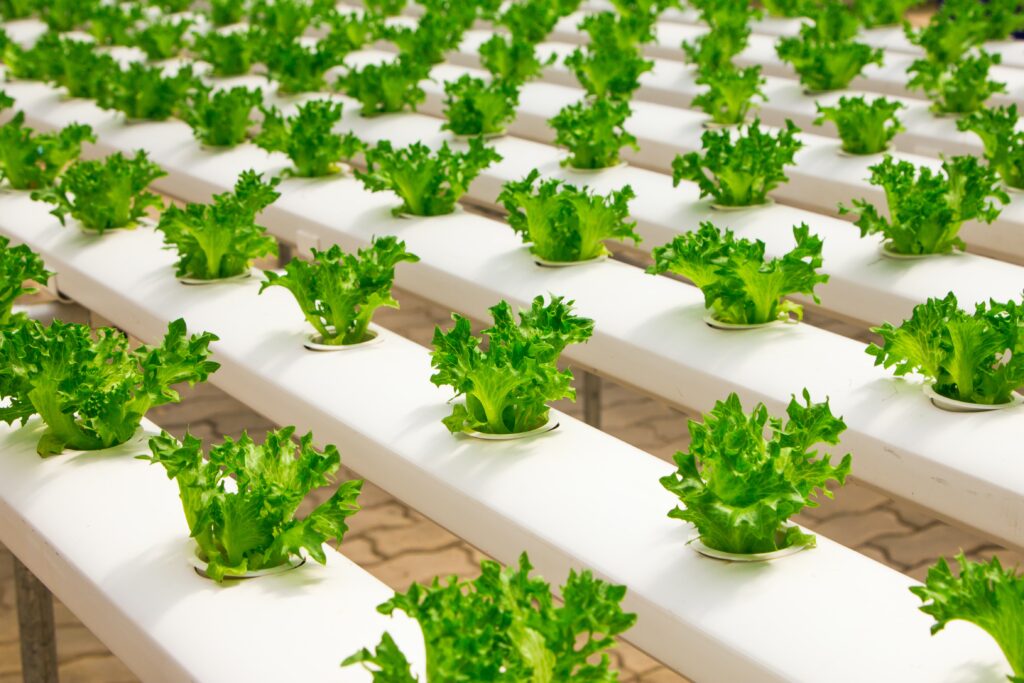Are you ready to unleash your green thumb and start growing your own delicious, healthy vegetables? Whether you have a small balcony or a large backyard, planting a vegetable garden is a fun and rewarding experience that can help you save money on groceries and reduce your carbon footprint.
In this beginner’s guide, we will walk you through everything you need to know to start your own vegetable garden, including:
- Choosing the right location
- Preparing the soil
- Selecting the right plants
- Caring for your garden
By the end of this guide, you will be well on your way to growing your own fresh, tasty produce.
Choosing the Right Location
The first step in starting a vegetable garden is choosing the right location. Here are a few things to keep in mind when selecting the perfect spot:
- Sunlight: Most vegetables need at least six hours of direct sunlight per day, so make sure your garden gets plenty of sunshine.
- Water: Make sure your garden is near a water source, or consider installing a watering system.
- Drainage: Avoid low-lying areas that may flood during heavy rains.
- Access: Make sure you can easily access your garden for planting, watering, and harvesting.
Preparing the Soil
Once you’ve selected the perfect location for your vegetable garden, it’s time to prepare the soil. Here are a few tips for getting your soil ready for planting:
- Test your soil: A soil test will tell you what nutrients your soil lacks and what you need to add to make it suitable for growing vegetables.
- Add organic matter: Adding compost, well-rotted manure, or leaf mold to your soil will improve its structure and fertility.
- Remove weeds: Clear the area of any weeds or debris before you start planting.
- Till the soil: Use a hoe or a tiller to loosen the soil and prepare it for planting.
Selecting the Right Plants
Once your soil is prepared, it is time to choose the vegetables you want to grow. Here are a few things to keep in mind when selecting plants:
- Climate: Make sure the vegetables you choose are suitable for your climate.
- Space: Be realistic about the amount of space you have available and select plants accordingly.
- Succession planting: Planting a variety of vegetables in succession ensures a continuous harvest throughout the growing season.
Caring for Your Garden
Once your plants are in the ground, it’s time to start taking care of them. Here are a few tips for keeping your vegetable garden healthy and productive.
- Watering: Most vegetables need about 1-2 inches of water per week, either from rainfall or irrigation.
- Fertilizing: Use a balanced fertilizer to ensure your plants get all the nutrients they need to thrive.
- Pest control: Use organic methods to control pests and diseases, such as companion planting, crop rotation, and using natural predators like ladybugs.
- Harvesting: Pick your vegetables at peak ripeness for the best flavor and texture.
Conclusion
By following these tips, you will be well on your way to growing your own delicious, healthy vegetables. Remember to be patient and have fun, and you’ll be a green thumb pro in no time!

